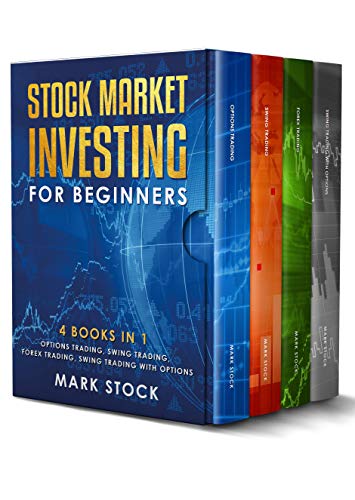

That’s why Francis suggests trimming your stock allocation as you approach your goal. Stocks are typically considered riskier investments than bonds, for instance. To avoid knee-jerk reactions to market dips, be sure you know the risks inherent in investing in different assets before you buy them.
%20by%20Mark%20Robert%20Rich.jpg)

“But selling at that time and locking in losses is the worst thing you can do.” 4. “When there is a market downturn, there’s a lot of fear and anxiety as you see your portfolio tank,” Francis says. “But realistically, you have to do what’s right for you.” It’s especially important to choose a portfolio of assets you’re comfortable with, so that you can be sure to stick with your strategy, no matter what. “It’s great to have guidelines,” Francis says. The most aggressive could go up to 85% to 90% stocks. The shortest timeline should be the most conservatively invested with, Francis suggests, a portfolio of 50% to 60% in stocks and the rest in bonds. Stacy Francis, president and CEO of Francis Financial in New York City, divvies long-term investing into three different buckets, based on the target date of your goal: five to 15 years away, 15 to 30 years away and more than 30 years away. It may even be helpful to break your overall time horizon into narrower segments to guide your choice of asset allocation. Once you’ve established your investing goals and time horizon, choose an investing strategy and stick with it. “They may be able to invest more aggressively because their portfolio has more time to recover from market volatility,” she says. By understanding when you need the funds you’re investing, you will have a better sense of appropriate investments to choose and how much risk you should take on.įor example, Derenda King, a CFP with Urban Wealth Management in El Segundo, Calif., suggests that if someone is investing in a college fund for a child who is 18 years away from being a student, they can afford to take on more risk. Typically, long-term investing means five years or more, but there’s no firm definition. No matter what the goal, the key to all long-term investing is understanding your time horizon, or how many years before you need the money. Know Your Time HorizonĮveryone has different investing goals: retirement, paying for your children’s college education, building up a home down payment. Withdrawing funds early from long-term investments undercuts your goals, may force you to sell at a loss and can have potentially expensive tax implications. Tackling these financial tasks first ensures that you’ll be able to put funds into long-term investments and not need to pull money out again for a while. Start by taking stock of your assets and debts, setting up a reasonable debt management plan and understanding how much you need to fully stock an emergency fund. “Just like a doctor wouldn’t write you a prescription without diagnosing you first, an investment portfolio shouldn’t be recommended until a client has gone through a comprehensive financial planning process,” says Taylor Schulte, a San Diego-based certified financial planner ( CFP) and host of the Stay Wealthy Podcast. That means getting your finances in order. Before you can invest for the long term, you need to know how much money you have to invest.


 0 kommentar(er)
0 kommentar(er)
